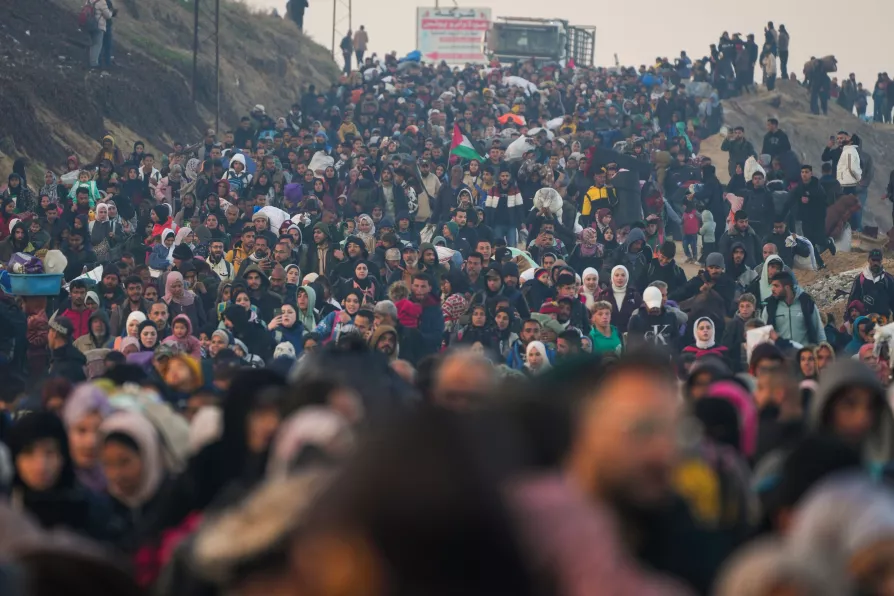The long-term effects of chemical weapons such as Agent Orange mean that the impact of war lasts well beyond a ceasefire

 MOVING SCENES: Displaced Palestinians return to their homes in the northern Gaza Strip yesterday
MOVING SCENES: Displaced Palestinians return to their homes in the northern Gaza Strip yesterday
EVEN those of us who have long emphasised the importance of the Palestinian people’s voice, experience and collective action in Palestinian history must have been shocked by the cultural revolution resulting from the Israeli war on Gaza.
By cultural revolution, I mean the defiant and rebellious narrative evolving in Gaza, where people see themselves as active participants in the popular resistance, not just mere victims of the Israeli war machine.
When the ceasefire was announced on the 471st day of the Israeli genocide, Gazans rushed to the streets in celebration. Media outlets reported that they were celebrating the ceasefire, but judging by their chants, songs and symbolisms, they were celebrating their collective victory, steadfastness (sumud), and resilience against the powerful Israeli army, supported by the US and other Western countries.

Spain has joined South Africa’s ICJ genocide case against Israel while imposing weapons bans and port restrictions, moves partly driven by trade unions — proving just how effectively civil society can reshape government policy, writes RAMZY BAROUD













